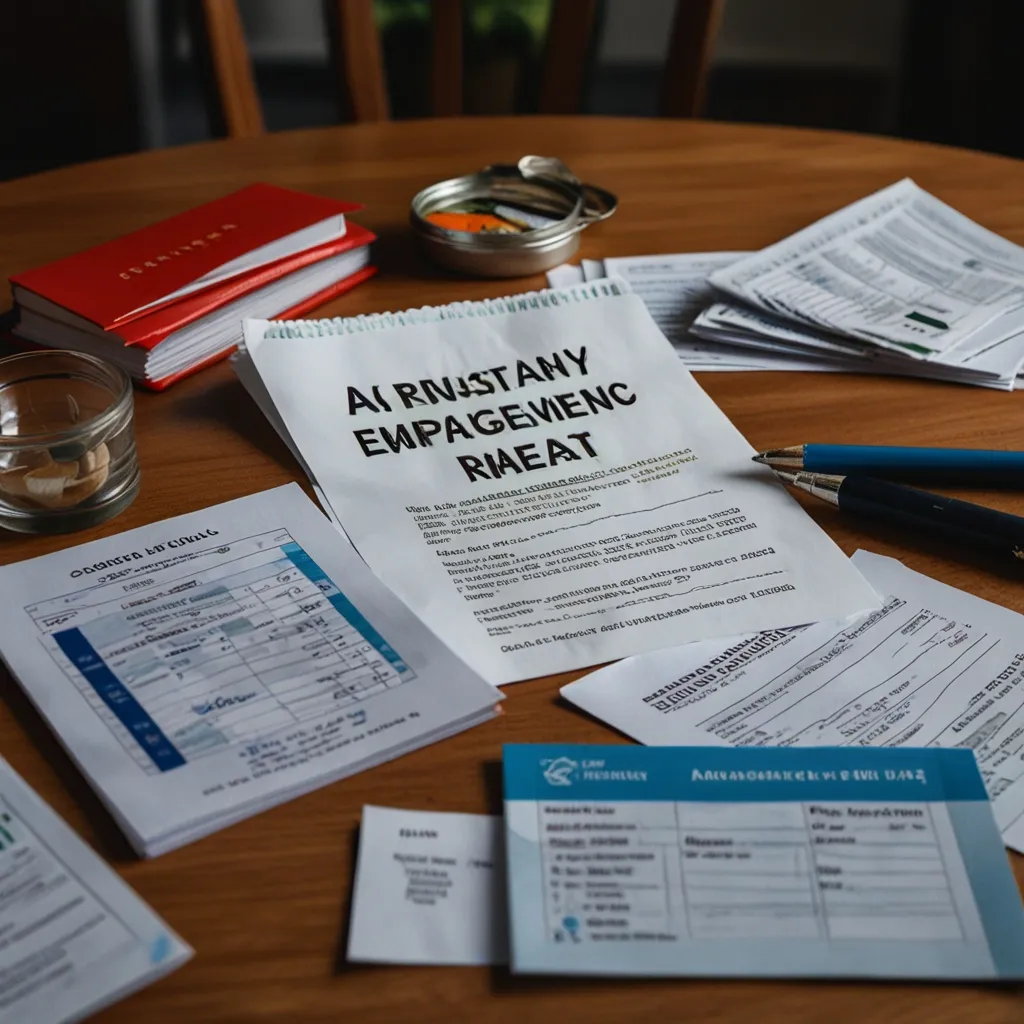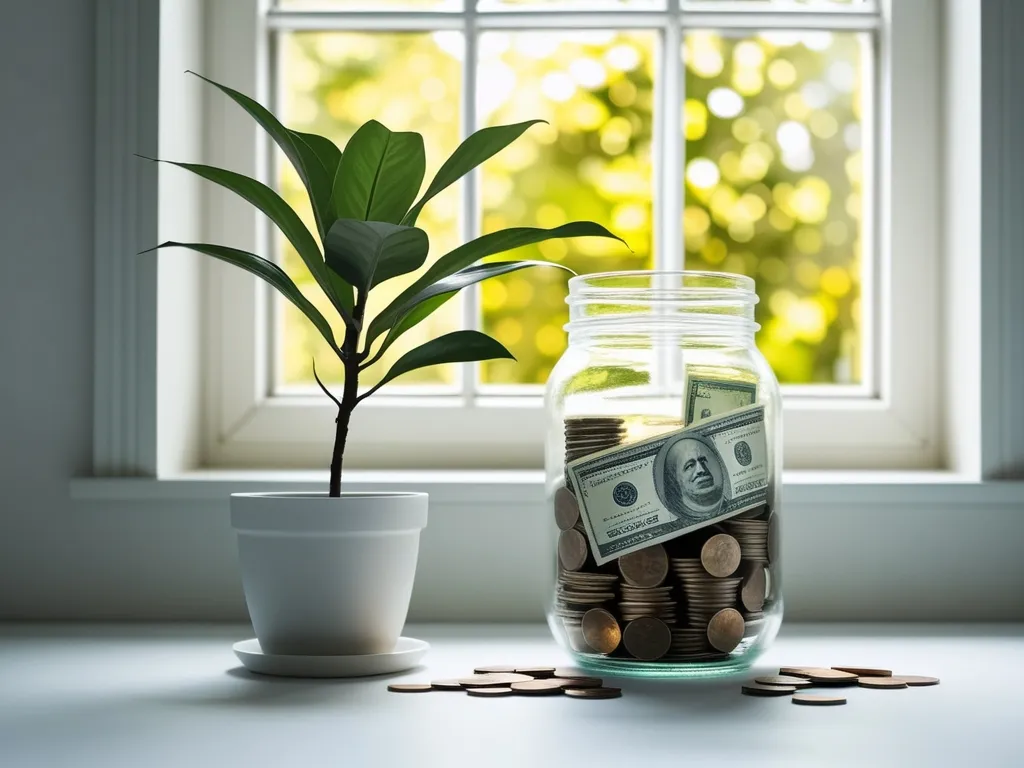Eleven years ago, the world witnessed the most significant economic meltdown since the Great Depression. This collapse rippled across the globe, affecting every continent and every country. The aftermath saw a rush to pinpoint blame and decide who should bear the cost of the crash. Surprisingly, the insurance company AIG largely escaped the heat, despite being a major player in the Great Recession.
To grasp AIG’s impact, we need to rewind to 2008 and the events leading up to the crash. In the late ’90s, the United States saw an influx of foreign funds from countries like Russia and several Asian nations dealing with financial crises. American banks, unwilling to let this money sit idle, made mortgage loans more accessible. This paved the way for millions of Americans to chase the “American Dream,” even those who wouldn’t typically qualify for home loans. These subprime mortgages had adjustable rates and often went to individuals with poor credit scores.
Banks, always on the lookout for more profit, bundled thousands of these mortgages into bonds called Collateralized Debt Obligations (CDOs). They sold these risky CDOs to various investors, from pension funds to other banks, by employing a clever tactic: insurance. Buying insurance on a CDO made it safer for investors, despite its inherent risks. This is where AIG entered the picture.
AIG, then the largest insurance company in the U.S., had offices in over 80 countries. They offered insurance policies known as Credit Default Swaps (CDSs), which essentially replaced the poor credit rating of a CDO with AIG’s solid rating. This arrangement made investors feel secure about buying risky CDOs, believing AIG would cover any losses.
For a while, this strategy seemed to work. AIG’s financial products division in London saw its revenues skyrocket, making billions just by selling these swaps. However, AIG didn’t keep enough capital on hand to cover all the insurance they were selling, banking on the idea that the housing market wouldn’t collapse. This gamble backfired when the housing market did crash in 2007.
As homeowners defaulted on their subprime mortgages, the CDOs they backed also failed. Banks and investment funds, confident in their AIG insurance, suddenly faced the reality that AIG couldn’t cover all the losses. On September 15, 2008, AIG ran out of money, and on the same day, Lehman Brothers, one of America’s oldest banks, declared bankruptcy. The financial system teetered on the edge.
Seeing the catastrophic potential, the Federal Reserve bailed out AIG the very next day, taking an 80% ownership stake to stabilize the company. This move aimed to prevent a domino effect that could crash the global economy. A new CEO was installed to untangle AIG’s financial mess, but not without controversy.
AIG used part of its bailout money to pay executive bonuses, sparking public outrage. In total, AIG received $182 billion in bailout funds and reported the largest corporate loss in history by early 2009. Despite the colossal bailout, the government eventually sold its AIG shares at a profit, making $22 billion and marking an unprecedented outcome.
Years later, AIG was deemed safe enough to be removed from the “too big to fail” list. It returned to its core business, now more cautious. Interestingly, AIG didn’t face the same public backlash as Lehman Brothers, which some argue were victims of fraudulent insurance. As we remember the crisis, it’s crucial to acknowledge how close AIG came to toppling the entire global economy.
For those keen on diving deeper into AIG’s collapse, the book “Fatal Risk” offers an inside look, drawing from personal notes of key figures in the crisis. Understanding these events helps us stay informed and vigilant, ensuring such a financial disaster doesn’t happen again. Stay smart, and keep learning!






